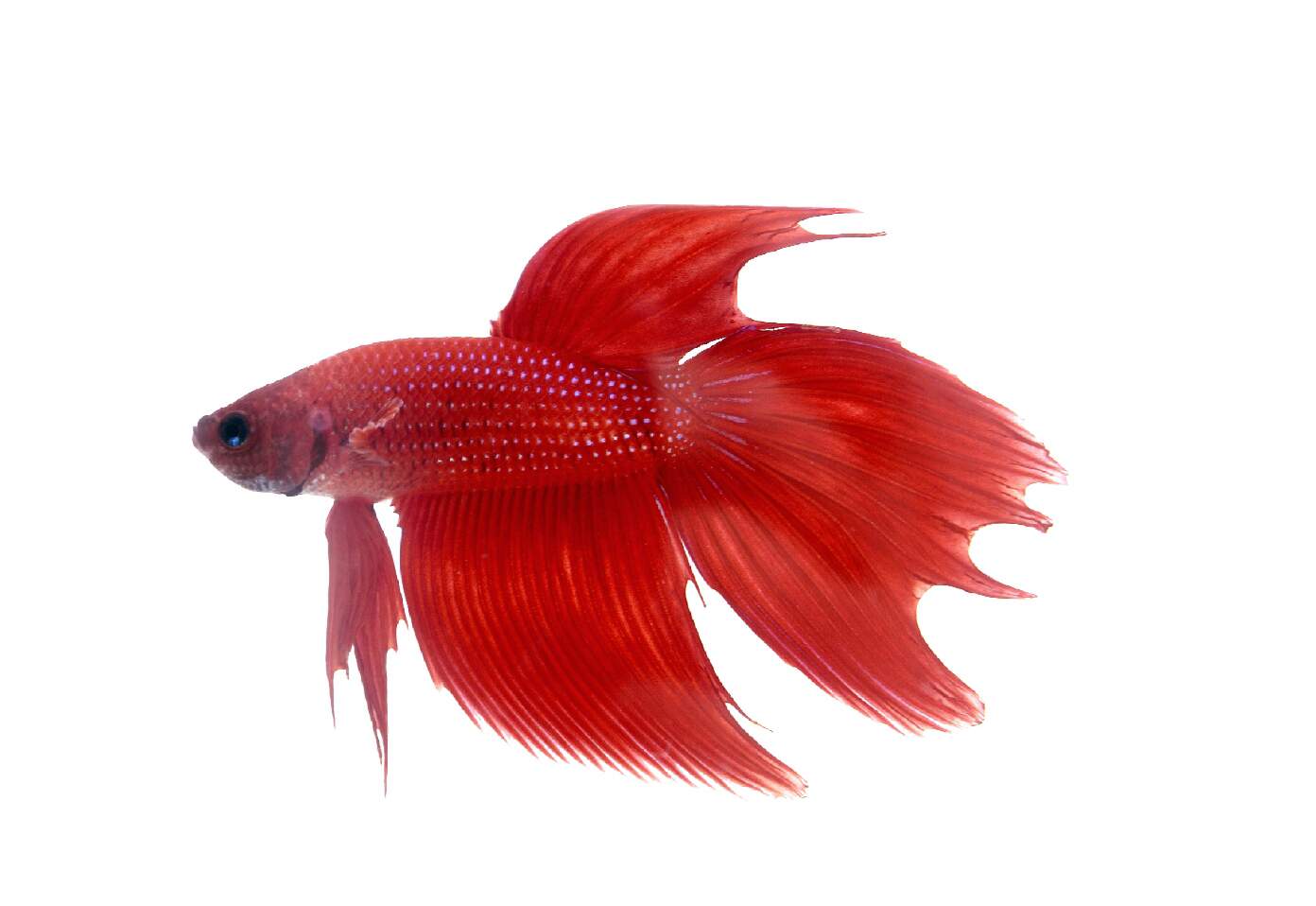Just how to Pick the Right Betta Fish for Your Fish tank
Wiki Article
How to Breed Betta Fish Effectively: Specialist Techniques and Insights for Hobbyists Seeking To Expand Their Betta Collection
Reproducing Betta fish needs a nuanced understanding of genes and environmental problems, making it crucial for hobbyists to come close to the process with both persistance and care. Developing an optimal reproduction environment, choosing the right sets, and observing the complexities of their courtship actions are foundational actions that can considerably influence the result. In addition, the succeeding treatment of the fry is vital for guaranteeing their healthy growth. As we check out these vital elements, it comes to be clear that successful breeding is not simply about the preliminary pairing yet incorporates a more comprehensive strategy that values mindful factor to consider.Comprehending Betta Fish Genes
Comprehending the genetics of Betta fish is important for successful reproduction, as it influences characteristics such as color, fin shape, and actions. Betta fish show a diverse range of colors and patterns, largely established by their hereditary makeup.In addition to pigmentation, fin morphology is an additional substantial facet of Betta genes (betta fish). The sizes and shape of fins are affected by numerous genes, including those that establish whether the fins are brief, long, or veil-shaped. Comprehending these genetic variations aids breeders predict the phenotypic end results of their children
Furthermore, behavioral attributes such as aggressiveness and territoriality can also be affected by genetics. These actions play a vital duty in the breeding procedure, as they can influence generating success and the general character of the resulting fry. By adequately understanding these genetic principles, dog breeders can make enlightened decisions, inevitably enhancing their breeding programs and achieving preferable results.
Preparing the Breeding Setting
Creating an ideal reproduction setting is important for the successful recreation of Betta fish. The very first action in preparing this environment is to choose an ideal breeding tank, ideally varying from 5 to 10 gallons.Following, consider the use of a sponge filter or an air rock to give mild water circulation without developing strong currents that can stress the fish. It is vital to mount plants or reproducing cones to offer hiding areas and promote convenience for the lady throughout the spawning procedure. Drifting plants, such as Java moss or water sprite, can likewise develop an extra native environment while promoting bubble nest structure by the man.
Prior to presenting the reproducing sets, make certain the water is conditioned and devoid of hazardous chemicals, such as chlorine or heavy metals. betta fish. Normal water changes ought to be carried out to preserve ideal water high quality, enhancing the chances of successful reproduction. With these prep work in area, the reproducing setting will certainly support the health and wellness and wellness of both Betta fish
Selecting Breeding Pairs
Selecting the appropriate breeding sets is critical for accomplishing successful Betta fish recreation. Healthy Betta fish show lively colors, clear eyes, and energetic behavior.Personality is one more important factor to consider, as Betta fish are understood for their aggressive nature. It is advisable to choose a male and woman that exhibit suitable temperaments to decrease tension throughout the breeding procedure. A calm man can urge a smoother courtship, while a female that is also aggressive might disrupt the procedure.
Hereditary background likewise plays a considerable duty in the quality of the spawn. Breeding fish that are genetically diverse can minimize the risk of hereditary wellness issues and improve the total vigor of the fry. It is valuable to research the family tree of both the man and female, concentrating on preferable characteristics such as fin type, color scheme, and size.
The Reproduction Refine
The breeding process of Betta fish calls for cautious planning and interest to information to ensure an effective outcome. It is vital to prepare an appropriate reproduction storage tank, preferably a 5-10 gallon aquarium with a temperature kept at 78-80 ° F. The storage tank ought to be geared up with a heating unit, filter (preferably sponge kind to stay clear of strong currents), and plenty of water plants for the female to hide.Once the setting is set, present the chosen breeding set to the container, allowing them to adapt. Observe their habits; the male will show intricate courtship routines, including flaring his fins and building a bubble nest. If the woman shows rate of interest, she will present vertical stripes showing readiness for spawning.
When the woman is receptive, both will participate in a breeding accept, during which the male fertilizes the eggs. It is critical to check their communications very closely, as the man might come to be hostile. After generating, get rid of the lady to stop potential injury. The male will certainly often tend to the eggs, which typically hatch out within 24-36 hours. Maintaining optimum water conditions throughout this period is vital for the advancement of healthy Betta fry.
Taking Care Of Betta Fry

Feeding Betta fry is critical, as they require a diet high in protein. They can be fed infusoria or liquid fry food, transitioning to carefully smashed high-grade pellets as they grow. Feed small sections multiple times a day to encourage healthy and balanced development without overloading the container with uneaten food.

As they grow, check their growth closely and separate any kind of hostile people to stop harm. By offering a supporting setting and appropriate nutrition, enthusiasts can successfully increase Betta fry right into dynamic, healthy fish, ultimately boosting their reproduction endeavors.
Final Thought
Effective Betta fish reproduction requires thorough interest to genetic selection, ecological problems, and take care of the fry. By understanding the genes of Betta fish and preparing a proper reproduction setting, enthusiasts can improve the opportunities of creating vivid, healthy children. Choosing compatible reproduction sets and very closely monitoring the courtship and spawning procedures are necessary. Offering ideal care for the fry guarantees their healthy check my site and balanced development, adding to a growing Betta collection.Report this wiki page